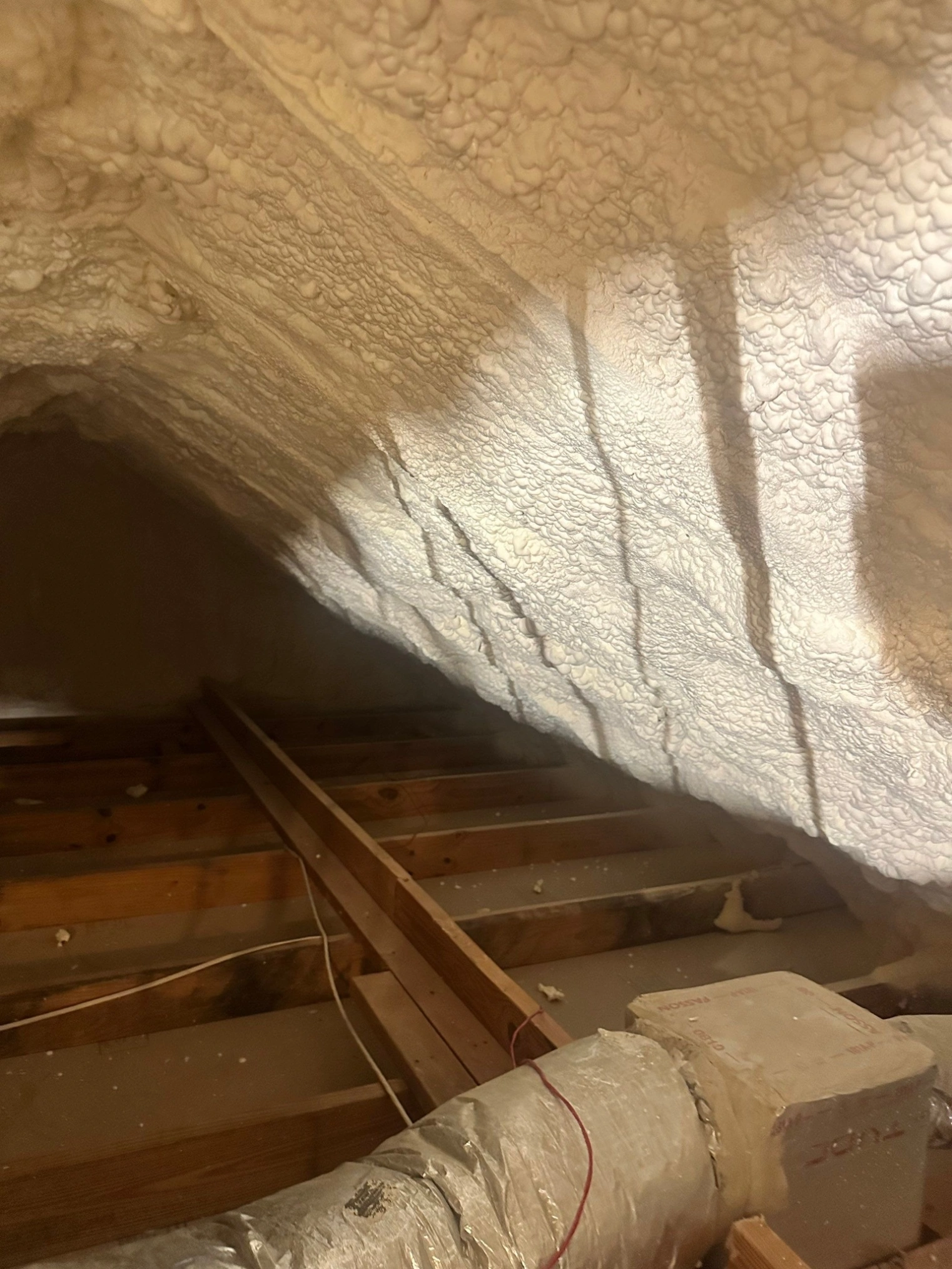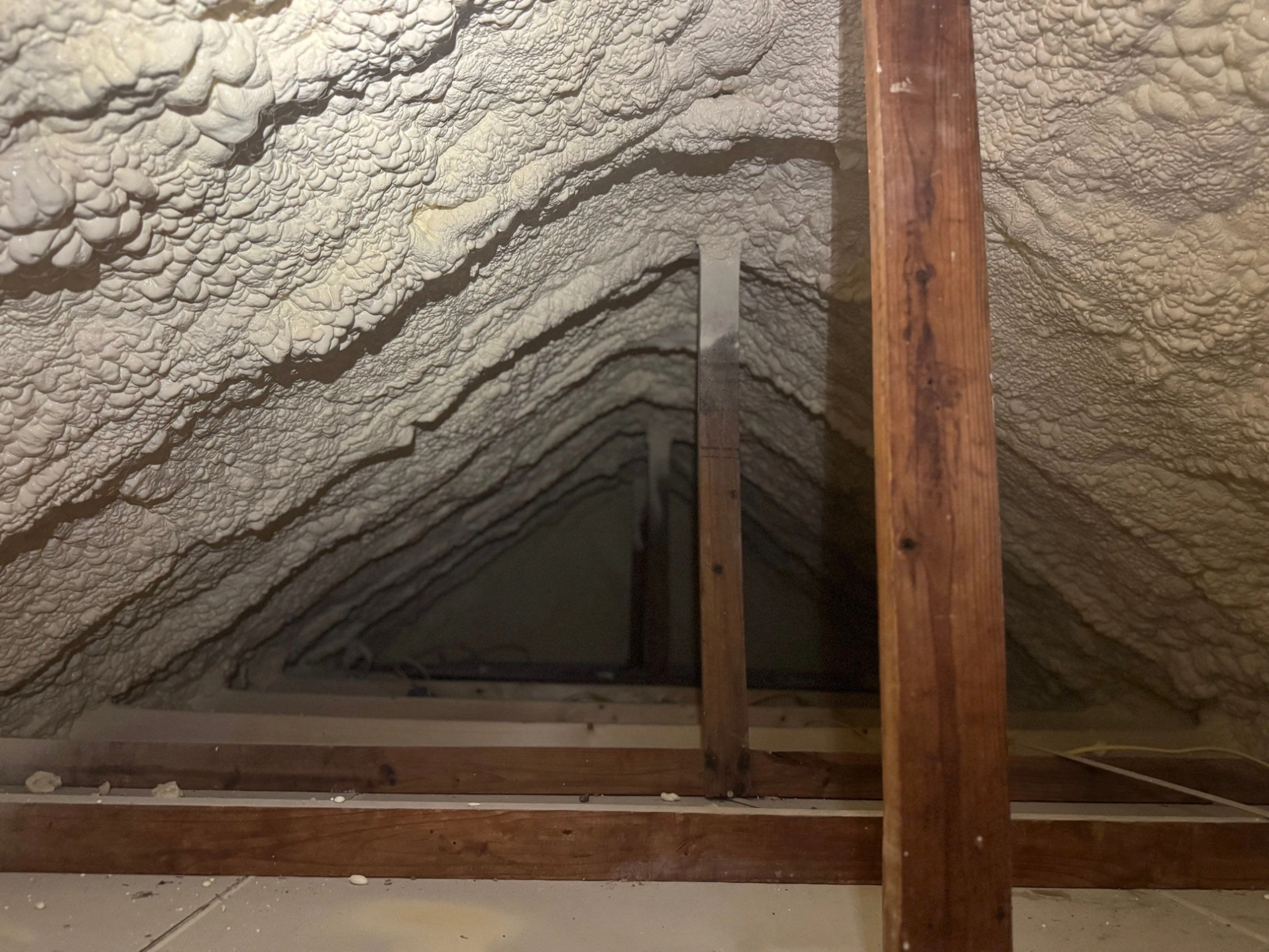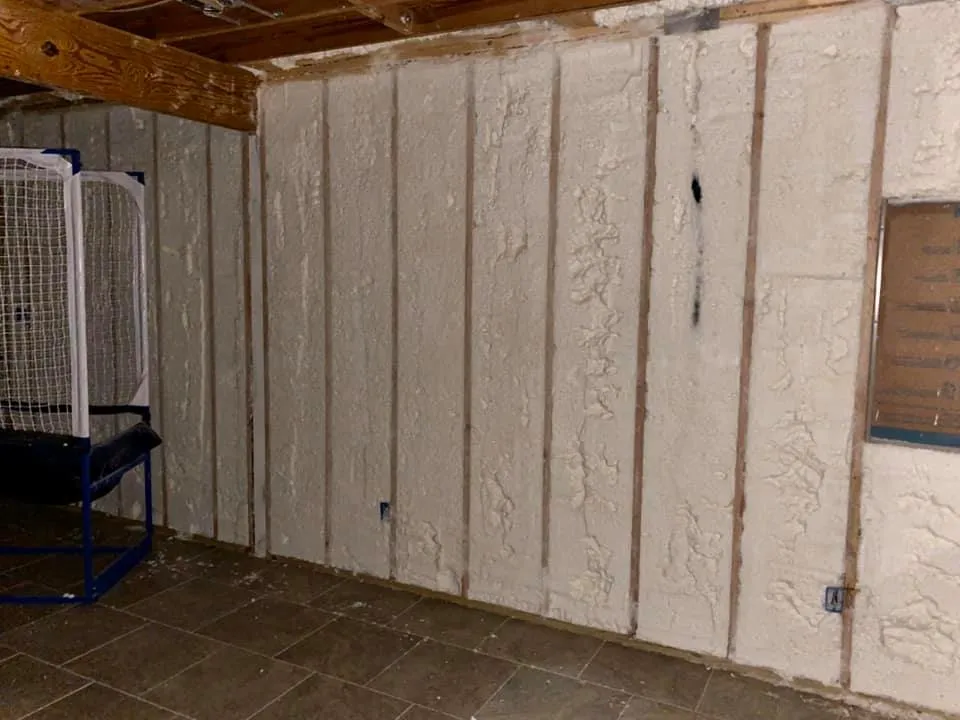Heat loss through inadequate attic insulation creates significant energy waste and comfort issues for homeowners. The primary indicators include dramatically higher heating bills, uneven room temperatures, ice dam formation, and visible insulation deterioration. Professional assessment typically reveals R-value deficiencies, moisture damage, or settling that reduces thermal performance by 30-50%.
Most attic insulation requires upgrading every 15-20 years, though environmental factors and initial installation quality affect this timeline. Understanding these warning signs enables homeowners to address thermal inefficiencies before they escalate into costly structural problems or prohibitive energy expenses.
This comprehensive analysis draws from extensive field experience evaluating insulation performance across various climate conditions and building types. The following sections provide actionable guidance for identifying, assessing, and addressing attic insulation deficiencies through evidence-based recommendations.
Critical Warning Signs of Heat Loss
Energy Bill Analysis
Monthly heating costs provide the clearest indication of insulation performance. Bills increasing 15-20% year-over-year without rate changes typically signal thermal envelope failures. Compare current costs against previous years and similar-sized neighboring properties to establish baseline performance expectations.
Bonus Tip: Document monthly energy usage in kilowatt-hours or therms rather than dollar amounts to eliminate rate fluctuation variables. This provides accurate consumption trending data for insulation assessment.
Temperature Inconsistencies
Room-to-room temperature variations exceeding 3-4 degrees indicate inadequate attic barriers. Upper floors typically show the most dramatic differences, with rooms directly below poorly insulated areas requiring constant thermostat adjustments. Professional thermal imaging reveals specific heat loss patterns invisible to standard assessment methods.
Ice Dam Formation Patterns
Ice dams form when heat escaping through insufficient attic insulation melts roof snow, creating refreezing cycles at gutters. According to the Insurance Information Institute, ice dam damage affects over 5 million homes annually, with average repair costs exceeding $5,000 per incident. Consistent ice dam formation indicates serious insulation deficiencies requiring immediate attention.
Physical Insulation Assessment Indicators
Visible Deterioration Signs
Inspect existing insulation for compression, moisture staining, or pest contamination. Fiberglass batts lose effectiveness when compressed beyond 75% of original thickness. Cellulose insulation showing water damage or mold growth requires complete replacement rather than supplementation.
R-Value Measurement
Current building codes require R-38 to R-60 attic insulation depending on climate zone. Many older homes contain R-19 or lower values, creating substantial thermal bridging. Professional measurement using thermal resistance calculations determines actual performance versus code requirements.
| Climate Zone | Minimum R-Value | Recommended R-Value | Energy Savings Potential |
|---|---|---|---|
| Zone 1-2 | R-30 | R-38-R-49 | 15-25% |
| Zone 3-4 | R-38 | R-49-R-60 | 20-30% |
| Zone 5-6 | R-49 | R-49-R-60 | 25-35% |
| Zone 7-8 | R-49 | R-60+ | 30-40% |
Air Leakage Detection
Air infiltration through attic spaces accounts for 25-40% of total home energy loss, according to ENERGY STAR data. Common leak points include recessed lighting fixtures, plumbing penetrations, and electrical outlets. Blower door testing quantifies actual air exchange rates for targeted sealing strategies.
Bonus Tip: Conduct simple smoke pencil testing around attic access points during windy conditions. Visible smoke movement indicates air infiltration requiring professional sealing before insulation installation.
Insulation Material Performance Comparison
Different insulation materials provide varying thermal performance, installation requirements, and longevity characteristics. Understanding these differences enables informed decision-making for specific application needs.
| Material Type | R-Value per Inch | Lifespan | Moisture Resistance | Installation Complexity |
|---|---|---|---|---|
| Spray Foam (Closed Cell) | 6.0-7.0 | 80+ years | Excellent | Professional Required |
| Spray Foam (Open Cell) | 3.5-4.0 | 80+ years | Good | Professional Required |
| Cellulose | 3.2-3.8 | 20-30 years | Fair | Moderate |
| Fiberglass Batts | 2.2-2.7 | 15-20 years | Poor | DIY Friendly |
| Blown Fiberglass | 2.4-2.8 | 15-20 years | Poor | Professional Recommended |
Regional Climate Considerations
Humidity and Moisture Management
High-humidity climates require vapor barrier considerations that differ significantly from dry climate installations. Southern regions need moisture control strategies preventing condensation within insulation materials, while northern climates focus on preventing ice dam formation through proper ventilation balance.
Seasonal Performance Variations
Insulation effectiveness fluctuates based on seasonal temperature differentials. Summer cooling loads increase 40-60% with inadequate attic barriers, while winter heating demands show similar escalation. Year-round assessment provides comprehensive performance evaluation beyond single-season observations.
Things to Consider Before Making a Decision
Budget and Financing Options
Insulation upgrades typically cost $2,500-$7,500 for average-sized attics, with spray foam applications at the higher end. Many utility companies offer rebates ranging from $200-$1,200 for qualifying efficiency improvements. Federal tax credits may apply for certain insulation materials meeting ENERGY STAR requirements.
Installation Timing
Optimal installation occurs during moderate weather conditions when attic temperatures remain workable. Summer installations in unconditioned attics can exceed 140°F, creating safety hazards and material handling challenges. Spring and fall scheduling typically provides ideal working conditions and contractor availability.
Ventilation System Integration
Proper attic ventilation requires balanced intake and exhaust airflow maintaining 1:300 ventilation ratios. Adding insulation without addressing ventilation creates moisture problems and reduces thermal performance. Soffit vents, ridge vents, and baffles work together maintaining proper air circulation.
Professional Insulation Solutions Stellrr Insulation & Spray Foam Provides
Open Cell Spray Foam Insulation
Provides superior air sealing with R-3.5 per inch thermal resistance. Creates continuous thermal barrier eliminating common insulation gaps while allowing moisture vapor transmission for breathable wall systems.
Closed Cell Spray Foam Insulation
Delivers maximum R-7 per inch performance with structural reinforcement properties. Forms complete vapor barrier preventing air infiltration and moisture penetration in challenging climate conditions.
Cellulose Insulation Installation
Offers environmentally sustainable option with excellent fire resistance and settling characteristics. Provides cost-effective thermal performance for budget-conscious homeowners seeking proven insulation technology.
Professional Insulation Removal
Complete removal of contaminated or underperforming existing insulation materials. Ensures clean installation surface for optimal new insulation performance and eliminates potential health hazards from damaged materials.

Key Performance Metrics and Standards
Understanding insulation performance requires knowledge of industry measurement standards and certification requirements. These metrics guide proper material selection and installation specifications.
| Performance Metric | Measurement Standard | Industry Benchmark | Certification Requirement |
|---|---|---|---|
| Thermal Resistance | R-Value per inch | Varies by material | ASTM C518 testing |
| Air Infiltration Rate | CFM50 per square foot | <0.30 CFM50/sq ft | Blower door testing |
| Moisture Permeance | Perms | <1.0 for vapor barriers | ASTM E96 testing |
| Fire Resistance | Flame spread rating | <25 for Class A | ASTM E84 testing |
Bonus Tip: Request manufacturer test reports showing ASTM certification compliance for any insulation material consideration. Independent third-party testing provides verification of advertised performance specifications.
Common Questions About Attic Insulation Upgrades
How do I determine if my current insulation needs replacement?
Measure existing insulation depth and compare against current building codes for your climate zone. Insulation compressed below original thickness, showing moisture damage, or installed before 1980 typically requires replacement rather than supplementation.
What insulation type works best for my climate?
Climate zone, humidity levels, and existing ventilation determine optimal insulation selection. Closed-cell spray foam performs best in extreme climates, while cellulose provides cost-effective solutions for moderate temperature regions with proper moisture management.
How long does professional installation take?
Complete attic insulation projects typically require 1-2 days depending on square footage and chosen materials. Spray foam applications need 24-hour curing time before attic access, while blown insulation allows immediate area use after installation completion.
Will adding insulation affect my home’s resale value?
Quality insulation upgrades typically return 80-90% of investment costs through increased home value and energy efficiency appeal. ENERGY STAR certified installations provide documentation supporting efficiency claims during home sales processes.
Making an Informed Decision
Attic insulation upgrades represent significant investments in home comfort, energy efficiency, and long-term property value. Evaluate current spray foam insulation performance against modern building standards, consider regional climate factors, and assess installation timing for optimal project execution.
Professional assessment provides accurate performance measurements and material recommendations specific to your home’s construction and climate requirements. Quality insulation installation delivers immediate comfort improvements and sustained energy savings over decades of reliable performance.
Get Expert Insulation Guidance
Professional insulation assessment identifies specific thermal performance issues and provides targeted solutions for maximum energy efficiency improvements. Our experienced team evaluates existing insulation conditions, recommends appropriate upgrade strategies, and ensures proper installation techniques for optimal long-term performance.
Contact Stellrr Insulation & Spray Foam for comprehensive attic insulation evaluation and professional installation services. Our certified technicians provide detailed assessments and proven solutions addressing your home’s specific thermal efficiency needs.
Phone: (512) 710-2839
Email: info@stellrr.com
Frequently Asked Questions
How often should attic insulation be inspected?
Annual visual inspections identify obvious problems, while professional assessments every 3-5 years detect performance degradation before major efficiency losses occur. Schedule inspections after severe weather events that might affect insulation integrity.
Can I add new insulation over existing materials?
Adding insulation over existing materials works only when current insulation remains dry, uncompressed, and pest-free. Mixed insulation types may create moisture problems requiring professional assessment before installation proceeds.
What preparation work is required before insulation installation?
Air sealing around penetrations, pest control treatment, and ventilation assessment must occur before insulation installation. Electrical work, HVAC modifications, and structural repairs require completion during the preparation phase.
How do I maintain optimal insulation performance long-term?
Prevent attic storage that compresses insulation, address roof leaks immediately, and maintain proper ventilation system function. Annual inspections identify early problems preventing expensive performance degradation.
What warranty coverage applies to professional insulation installation?
Quality installations include material warranties ranging from 20 years to lifetime coverage depending on product selection. Labor warranties typically cover installation defects for 1-5 years after completion.





